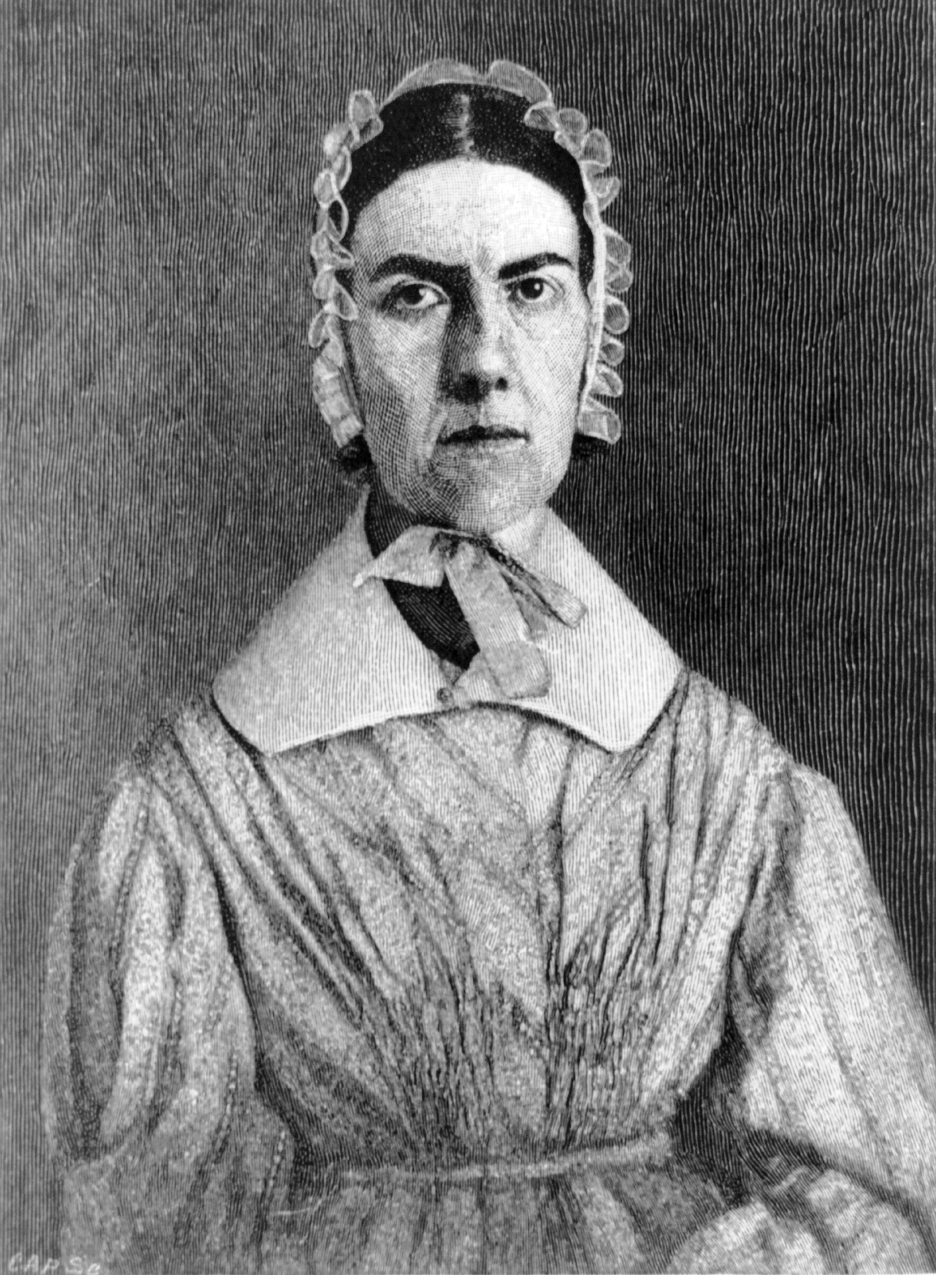Why Young Men in the US Should Pay Attention to and Advocate for the Equal Rights Amendment
July 23, 2024
By Jenny Horn
Today we are celebrating National Sisters Day by taking a look at some of the most powerful, influential, and extraordinary sisters today and throughout history in the United States. At the Equal Rights Amendment Coalition, we seize every occasion to celebrate such women, looking to those who have paved the way for us and those who are still working tirelessly today to display their strength as a part of our amazing community. Continue to read below about the sisters we’re highlighting today!
Angelina and Sarah Grimke

Two early activists for abolition and women’s rights, Sarah Grimke (1792 - 1893) and Angelina Grimke Weld (1805 - 1879) were raised in the midst of slavery on a plantation in South Carolina. The Grimke sisters quickly grew to oppose slavery after growing up witnessing its inhumane practices and cruel effects at a young age. As she grew older and became the primary provider for her younger sister, Sarah converted to Quakerism and moved to Philadelphia in 1821, where by 1829 Angelina had also moved and converted.

The sisters’ conversion to Quakerism and subsequent move to Philadelphia made them virtual outcasts in the South, and their outspoken nature as women set them apart from the larger Quaker community. Despite this disapproval they faced from fellow Quakers and from a society that did not accept women as public speakers on such controversial topics as slavery, the Grimke sisters found themselves caught up in the antislavery movement. While advancing anti-slavery literature, Angelina also wrote her Appeal to the Christian Women of the South imploring white southern women to embrace the antislavery cause. Her writing drew the ire of southerners who opposed its abolitionist message and northerners who felt that women had no business writing or speaking about controversial topics. This outcry over women abolitionists prompted Sarah to write Letters on the Equality of the Sexes, and by the late 1830s the Grimke sisters were known not only as abolitionists but also as proponents of women’s rights.
Venus and Serena Williams
The Williams sisters are no mystery to today’s world – Venus and Serena crept into the national spotlight as tennis prodigies, initially due to the eye-popping efforts of older sister Venus, crushing the ball at speeds of almost 100 mph by age 11, she went undefeated in 63 USTA sectional matches the following year. Both girls turned professional at age 14, and by the late 1990s, they were transforming women's tennis with their overpowering groundstrokes and bold declarations of confidence. Venus set the tone by reaching the 1997 U.S. Open final at age 17 and, after she emerged victorious in the sisters' first title clash at the 1999 Lipton Championships, they teamed up to win the first of 14 Grand Slam doubles titles later that spring at the French Open. But while Venus and Serena Williams changed the face of the sport as they progressed from upstarts to unquestioned champions to revered veterans, they remained unchanged in their devotion to one another as sisters, supporting each other through personal challenges, public failures, and numerous heated battles for on-court bragging rights.
Margaret and Roumania Peters
Finally, in talking about today’s famous Williams sisters, it’s important to also acknowledge and highlight Margaret and Roumania Peters, as few people know that the Williams sisters weren't the first African-American siblings to take tennis by storm. This distinction belongs to Margaret and Matilda Roumania Peters, sisters from Washington D.C. who amazed crowds with their spectacular doubles play in the 1930s, '40s and '50s. Nicknamed "Pete" and "Re-Pete," respectively, the Peters sisters played in the American Tennis Association, a league formed to give African-Americans a chance to play competitive tennis at a national level. Known for their slice serves, powerful backhands and quick chop shots, the Peters sisters became pseudo-celebrities. Margaret (sometimes called "Big Pete") was the oldest by two years and the taller sister. Matilda, (Re-Pete) was the younger, supposedly feistier sister. In a January 10, 1942 edition of the Afro American newspaper, the "famous Peters sisters" made headlines for winning a fourth-consecutive doubles title, and the Peters sisters were later inducted into the USTA's Mid-Atlantic Section Hall of Fame in November 2003 and inducted into the Black Tennis Hall of Fame in 2012.